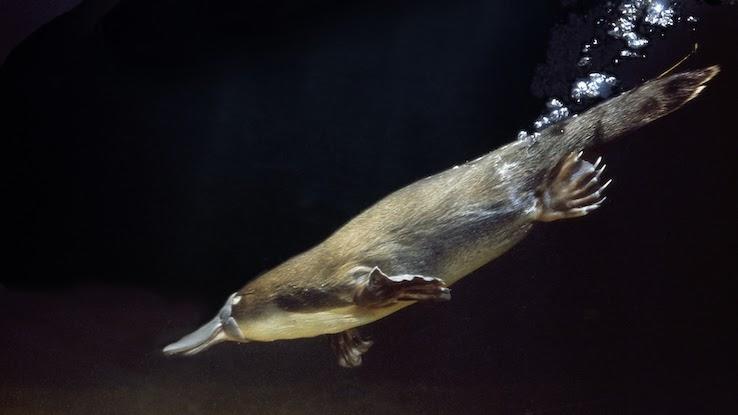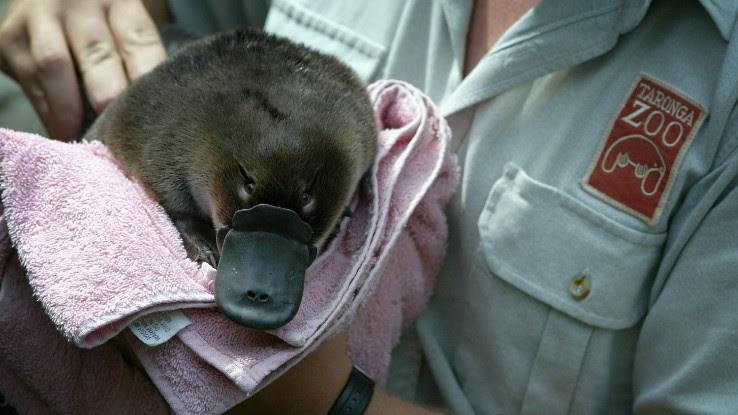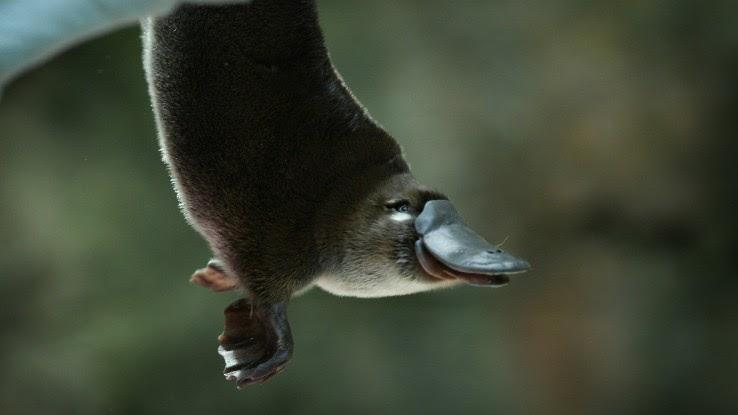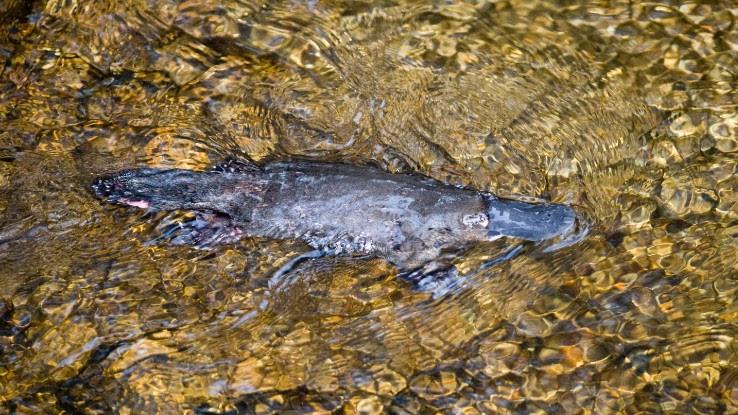Exactly Why Is the Platypus So Weird? Researchers Are Now Much Closer to Finding Out

Venomous spurs, retractable webbing, biofluorescent fur and milky sweat? It sounds like a roster of the inelegant powers of one of the most ungainly superheroes imaginable, but they’re actually characteristics of a creature that’s been puzzling scientists for years. One of the most famously weird animals in the world, Australia’s duckbilled platypus, has evolved with these and other strange features and as a result is thought to be one of the oldest mammals existing today.
At first glance, it looks like the platypus was cobbled together from leftover parts of beavers, ducks and even snakes — but why? Recently, researchers from the University of Copenhagen performed a unique genome-mapping technique to better understand the platypus’ genetic structure, with the ultimate goal of figuring out how and why it evolved the way it did. This process has gotten scientists a few steps closer in discovering the origin of some of the creature’s unique characteristics. So what exactly have they learned?
What About the Platypus Provoked a New Study?
In early 2021, platypuses began appearing in news headlines seemingly out of nowhere — but this wasn’t a random decision on behalf of media companies. It was the result of a study published in the scientific journal Nature — a study that provided what’s now the most comprehensive sequence of the platypus’ genome so far. Why is this so meaningful? According to Cara Giaimo of The New York Times, “By diving into [platypus] DNA, researchers can uncover the genes and proteins that underpin some of these creatures’ distinctive traits, and better understand how mammals like us evolved to be so unlike them.” In essence, the more we can find out about how the platypus evolved to be so distinctively strange, the more we can learn about our own evolution in the process.

Thanks in large part to their multitude of bizarre qualities, platypuses have been the subject of many studies and of previous genome-mapping efforts. But what prompted scientists to reexamine this mystifying monotreme? New technologies have made it easier to map the platypus’ chromosomes and the gene placement on them, and, naturally, scientists wanted to take advantage of that. By 2008, researchers first sequenced the genome, and until the most recent Nature study, only about 25% of the animal’s genes had been mapped. Thanks to advancements in genome-mapping techniques, the January 2021 study helped researchers pinpoint the locations of 96% of the animal’s genes.
But there’s another side to all of this. The platypus has some incredibly strange features — at least, for something that’s classified as a mammal — and scientists want to know why. When it was first discovered in the 19th century, many scientists in Europe thought the platypus was fake. However, it was proved not only that the platypus is real but that it’s one of the most unique creatures on the planet. And scientists wanted to discover as much as possible about its weirdness.
New Platypus Research Is In — and It’s Fascinating
So, just how strange is the platypus? A major characteristic that sets it apart from both mammals and reptiles is that it lays eggs instead of giving live birth but feeds its babies with mammary glands. However, the milk isn’t delivered through nipples; a mother platypus sweats it out, and her babies lick it out of her fur.

The platypus has achieved these seemingly contradictory evolutionary feats because of the genes it inherited. There are three vitellogenin genes in existence, each of which plays a role in a female animal’s ability to develop eggs. Chickens have all three of these genes, and the platypus has lost two of them. This sole remaining gene allows the animal to lay eggs. However, scientists think that the platypus losing the other two genes resulted in its ability to produce milk via “sweating.”
Most mammals don’t have vitellogenin genes; instead, they have casein genes, which are responsible for producing a protein that’s a major component in mammalian milk. The latest research shows that platypus has casein genes in addition to one vitellogenin gene, and that the composition of platypus milk is genetically similar to the milk humans, cows and other mammals produce.
Another odd trait of the platypus is that these animals are born with teeth. However, as they mature, the teeth fall out and never grow back. Instead, the animals use two horned plates in their mouths to break down their food. The recent study shows that the platypus most likely lost its teeth around 120 million years ago, which is also when it lost four of the eight genes responsible for tooth development.
Why Is This Information So Important?
What sets the study apart is that it was conducted using advanced gene-sequencing technology that was a combination of several cutting-edge methods. For the first time ever, a research team was able to map an almost complete genome of the platypus. This map involved the chromosomal levels of both the platypus and its cousin the echidna — another monotreme, but one with porcupine-like spikes. These species are the only two current living members of the monotreme family, which is distinguished by its singular opening for urination, defecation and reproduction. These tests filled in around 90% of the knowledge gaps that existed from previous tests.

For scientists to better understand the unique aspects found in the monotreme genes, they also included tests in which they performed gene cross-comparisons to other species. These other species included humans, rats, Tasmanian devils, lizards and chickens.
While the University of Copenhagen published the paper, this project involved scientists from around the world. The University of Adelaide in Australia and Zhejiang University of China also contributed work to the project in a global effort.
The results of this international scientific work are that scientists uncovered a few important answers to questions about how the platypus developed some of its more bizarre features. This hard work of decoding the platypus’ genome has helped researchers better understand how other mammals — including humans — evolved. This genome may hold the key for scientists to learn how and why placental mammals evolved into animals that give live birth instead of laying eggs. Another piece of our evolutionary puzzle may soon slot into place.





